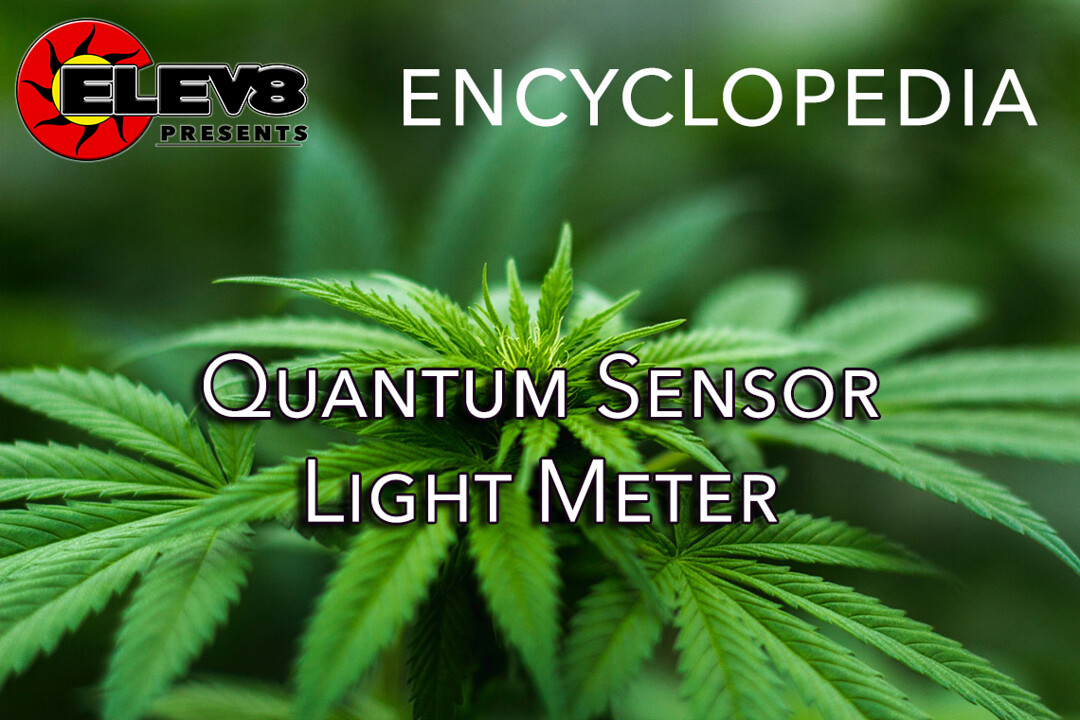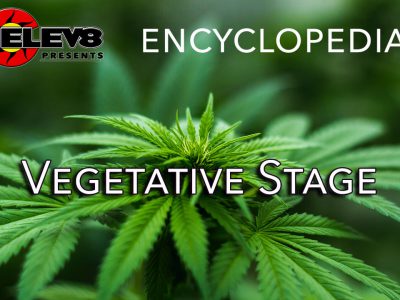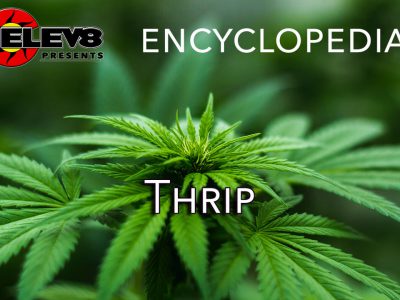What does Quantum Sensor Light Meter mean?
A quantum sensor light meter is a hand-held device, often battery operated, used to measure the amount of light plants grown in an indoor gardening setting can really absorb. It offers a more accurate means of determining light absorption than using foot-candles or other units of measure.
Quantum light meters measure PAR, the spectrum of light that plants most readily use. They display their readings digitally, and some brands come with data-logging capabilities using standard mini-USB cable and proprietary data logging software. As they are still quite expensive, quantum light meters aren’t common among hobby growers, but are more handy for commercial growers where every dollar counts.
More Info On Quantum Sensor Light Meter
What’s the most expensive and difficult to adjust element of indoor gardening? While some gardeners might point to the nutrient/water mix in a hydroponic system, and others might point to humidity control, it’s actually lighting.
Plants need light in order to survive and thrive, and indoor gardening requires the use of artificial lights to simulate sunlight. However, generating light requires electricity, which costs money. There’s also the potential to provide either too little or too much light, which can have an adverse effect on plant growth.
Measuring light output used to be something of a guessing game. Growers were forced to measure light in foot-candles, and then extrapolate from that measurement to determine the amount of light being generated. Today, things are simpler thanks to advanced technology. For instance, a quantum sensor light meter can be employed to accurately determine not just the amount of light being emitted by a fixture, but the amount of light actually being absorbed by the plant.
Based on the readings from a quantum sensor light meter, an accurate measurement of photosynthetically active radiation, or PAR, can be determined. This is light in the 400 to 700 nanometer range. From that point, you can determine whether the light emission of the fixture or fixtures is adequate, too much, or too little. Typical quatum meters can measure a range of 0 to 2,000 micromoles and can provide a variety of configurations added convenience.
Many indoor growers find that their plants are absorbing too much light, and are able to scale down light emission. This saves money over the long run, while still ensuring that plants have optimal light levels for healthy growth and development.







